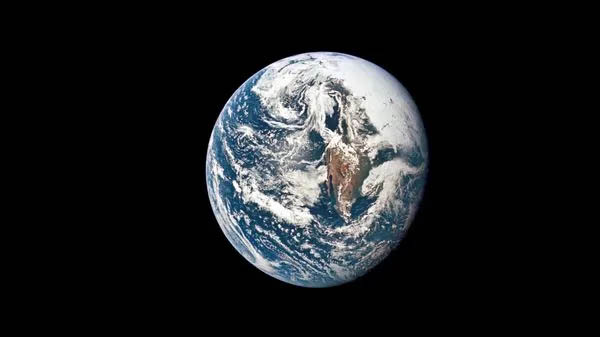Science: Imagine living in a place where your survival depends on living within your limits, not consuming more food and energy than you produce, making enough fresh water and air to survive, minimising waste, recycling everything possible and avoiding contaminating the environment around you. This is what astronauts face, to a certain extent, on the International Space Station, and what they will face to an even greater extent in future settlements on the Moon or Mars. But it is also how we have to live on Earth if we are to protect our environment, which is a theme of this year’s World Space Week, running from October 4 to October 10.
A space station, or a lunar base, is largely a closed loop system. What we mean is that it must produce its own resources and then recycle them, feeding them back into the system because they are finite. Consuming too much could result in astronauts running out of air, food, water, or energy, which could be fatal. Of course, there is occasional resupply from Earth, so they are not a 100% closed loop system. What is a completely closed loop, however, is the Earth itself. Think about it. Our planet has a certain carrying capacity, or what the Club of Rome – a think-tank of academics, business leaders, and politicians – called “the limits to growth” in their famous 1973 report.
They warned that the Earth was beginning to reach its carrying capacity, and soon we would be generating too much energy, eating too much food, not producing enough fresh water, and putting greenhouse emissions into the atmosphere that would make our global closed-loop system unsustainable. In fact, as climate change becomes more and more damaging year by year, leading to more frequent droughts, famines, wildfires, and extreme weather, some might say we have already reached that stage. This is where learning to live in space can help teach us how to live sustainably on Earth.
This is not a new idea, but a recent paper published in the journal Sustainable Earth Reviews by researchers at the German Aerospace Center summarizes how technologies designed for living in closed-loop space habitats could be applied on Earth. They describe how a space habitat must fulfill a number of functions to remain a closed-loop system, and how each of these could be re-implemented on a larger scale on Earth.
